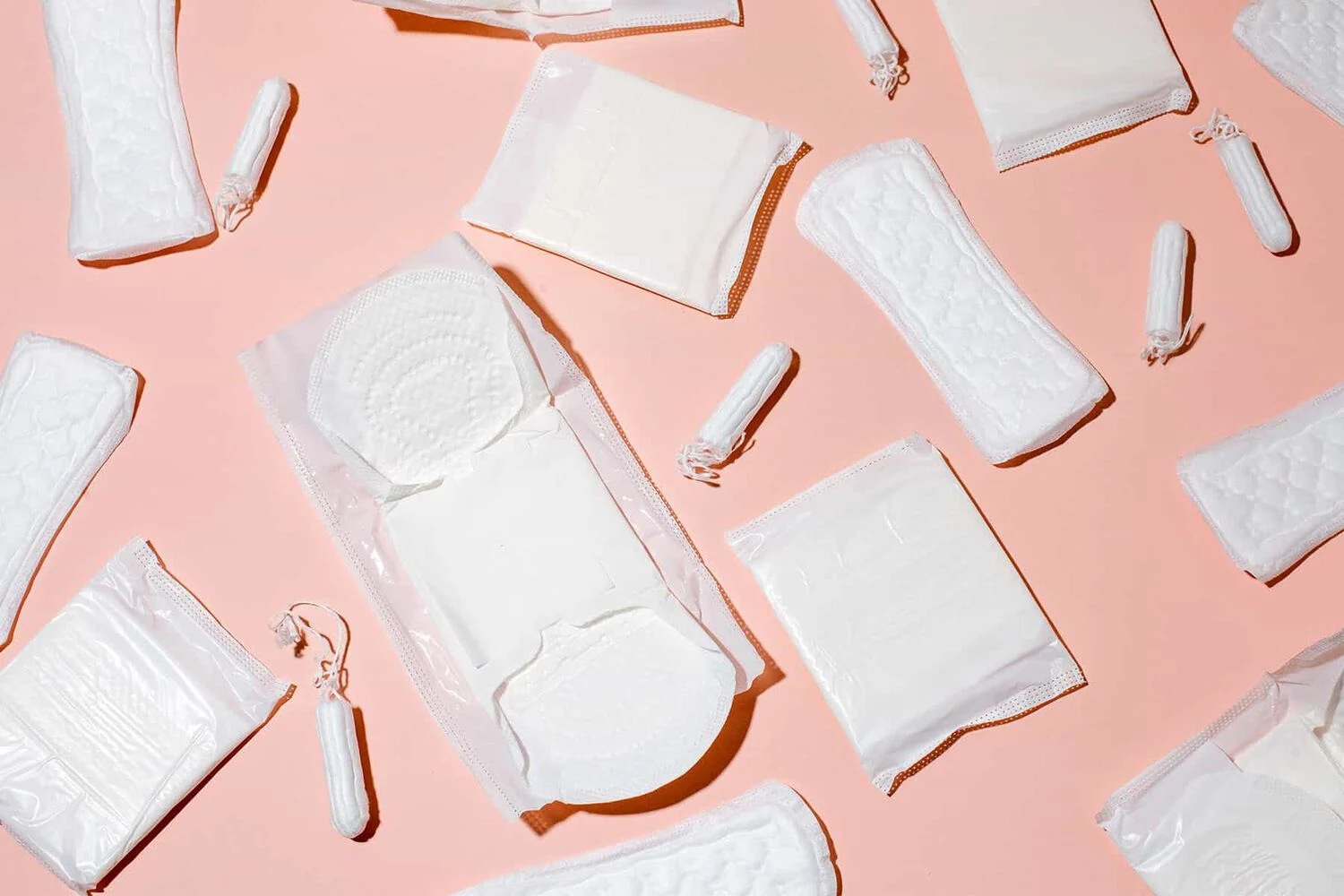Contents
How many pads a day is normal?

On average, it is normal to use around 3-6 pads or tampons per day. If you are using fewer than that, you may not be changing them frequently enough for optimal health and hygiene. On the other hand, if you are using more than 6 pads a day because they are filling up quickly or leaking, you might want to consider trying a larger size.
The amount of menstrual flow can vary greatly from woman to woman. In a study conducted with premenopausal women, it was found that the most common amount of menstrual flow throughout an entire period was about two tablespoons (30 ml). However, there were significant variations, with flow ranging from a mere spot to over two cups (540 ml) in one period.
Several factors can influence the heaviness of your flow. Taller women, those who have had children, and women in perimenopause tend to have heavier flow. The typical length of menstrual bleeding is four to six days, and the usual amount of blood loss per period is 10 to 35 ml. Each normal-sized tampon or pad can hold about a teaspoon (5 ml) of blood. This means that it is normal to soak anywhere from one to seven normal-sized pads or tampons during your period.
Factors Affecting Menstrual Flow
There are several factors that can affect the regularity and volume of your menstrual flow:
- Exercise: Staying active can have an impact on the regularity and volume of your menstrual flow. Aim for 20 to 30 minutes of exercise, five or six times a week. It’s worth noting that high-level athletes and women who engage in intense sports like running marathons often experience lighter or even absent menstrual flow.
- Hormonal Imbalance: Fluctuations in hormone levels, particularly estrogen and progesterone, can affect the growth and shedding of the uterine lining, resulting in heavier bleeding. Conditions such as PCOS (Polycystic Ovary Syndrome) can also contribute to changes in menstrual flow.
- Oral Contraceptives: Certain types of oral contraceptive pills can control or even eliminate bleeding stages, impacting the regularity and volume of menstrual flow.
Managing Menstrual Flow
1. Choosing the Right Menstrual Pad
When it comes to managing your menstrual flow, selecting the right type and size of menstrual pad is crucial. Here are some tips to help you make the best choice:
- Consider your body size and the amount of flow you have. If you have a heavier flow, you might prefer thicker pads that offer more absorbency. On the other hand, if your flow is lighter, you may opt for thinner pads.
- Take into account your comfort level. Some people prefer the security of a thicker pad, while others prefer the convenience and discretion of a thinner pad. Choose the option that feels most comfortable for you.
- Be mindful of any skin sensitivities. Pads with deodorant may irritate your skin, so it’s a good idea to choose fragrance-free pads if you are prone to irritation.
2. Changing Pads Regularly
To maintain good hygiene and prevent leaks, it’s important to change your menstrual pad regularly. Here are a few guidelines to follow:
- Change your pad at least every 4 to 8 hours, or whenever it feels full or wet. This will help prevent odors and discomfort.
- Pay attention to the heaviness of your flow. If you have a heavier flow, you may need to change your pad more frequently. Remember, everyone’s flow is different, so it’s essential to listen to your body and adjust accordingly.
- If you’re not sure when to change your pad, a general rule of thumb is to check it every time you use the bathroom. This will help you stay on top of your menstrual flow and ensure that you’re changing your pad as needed.
3. Hygiene Tips
Maintaining good hygiene during your period is essential for your overall health and well-being. Here are a few hygiene tips to keep in mind:
- Keep your vaginal area clean and dry. While some odor is normal during your period, it’s important to keep things as clean and dry as possible to prevent infections. Be sure to wash your genital area with mild soap and water regularly.
- Wearing dark-colored clothing on heavy flow days can help reduce the stress of worrying about obvious stains. You may also consider using an extra layer of protection on your bed, such as a waterproof sheet or towel, to prevent any leaks during the night.
Everyone’s menstrual flow is unique, and what works for one person may not work for another. Trust your body’s signals, and don’t hesitate to experiment with different types of pads and hygiene practices to find what works best for you.
Frequently Asked Questions
How many pads a day is abnormal?
If you have to change your pad or tampon every 1 to 2 hours or bleed longer than 7 days, see your healthcare provider.
Is 10 pads a day too much?
Soaking 6 to 10 pads or tampons during your period is considered normal. However, if you experience other symptoms like longer periods, it may indicate a heavier flow.
How much is too much menstrual blood?
Bleeding more than 80ml (1/3 cup) per menstrual cycle is considered a heavy period or menorrhagia. If bleeding lasts longer than 7-8 days or floods your pad or tampon, it may be too much.
I am a medical student with experience and interest in Women’s health and well-being.